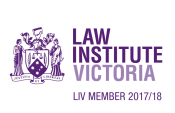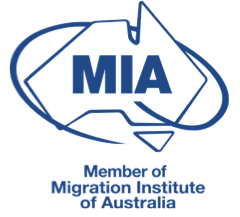On 19 March 2020, as a result of the Coronavirus pandemic, the government announced that from 9 PM Australian Eastern Daylight Time, “only Australian citizens, residents and their immediate family members can travel to Australia”
Key points:
- Non-citizens and non-residents will not be allowed to travel to Australia from 9 pm (AEDT) Australian time.
- Australian citizens, Permanent Residents and their partners, dependents and/or guardians may travel to Australia.
- The new ban replaces earlier travel bans.
- Anyone allowed to enter Australia must self isolate for 14 days after arrival in Australia
Who can travel to Australia?
- Australian citizens
- Australian permanent residents
- New Zealand citizens usually resident in Australia
- Immediate family members of Australian citizens and permanent residents, including spouses, dependents, and legal guardians.
If you don’t have a visa, and you fall into the “immediate family member” group of an Australian citizen, Permanent Resident:
You will need to apply for a visa with proof including:
- Marriage certificate/relationship registration certificate
- Evidence of your ongoing relationship, e.g. your lease, drivers licence showing your address
- Birth certificate
- Children’s birth certificates
If you have a temporary visa (Other than a Partner Visa or a Child Visa):
- You will need to complete the Department of Home Affairs “Australian Immigration Enquiry Form” which you can find here,
- And include relevant evidence as above, eg,
- Marriage certificate/relationship registration certificate
- Other evidence of your relationship e.g. drivers licence, lease
- Birth certificate
- Children’s birth certificates
If you are the holder of a Child Visa or Partner Visa, you may travel to Australia.
There will be no restriction on your travel.
If you have a Bridging Visa B
If your bridging visa B is related to a Partner Visa or Child Visa application, you may be able to return to Australia but you will need to complete the Department of Home Affairs “Australian Immigration Enquiry Form” to receive confirmation that you can travel.
If the DHA approves your travel, you will be able to travel back to Australia.
If your Bridging Visa B related to your Partner Visa or Child Visa application expires
You will need to apply for a Visitor Visa to allow you to travel back to Australia. You will be able to apply for a new Bridging Visa A upon arrival back into Australia – however, you will need to wait until the Visitor Visa expires before you regain any work rights you may have had.
I am a Subclass 461, New Zealand Family member visa holder
You will need to complete the Department of Home Affairs “Australian Immigration Enquiry Form” which you can find here
If the DHA approves your travel, you will be able to travel back to Australia.
Do you need assistance with your visa situation? Call us on +61 3 9573 5200 or complete our contact form.
We want to reassure you that AHWC Immigration Law’s business remains open and available to support you.

 Points Test
Points Test
 Book Now
Book Now 


